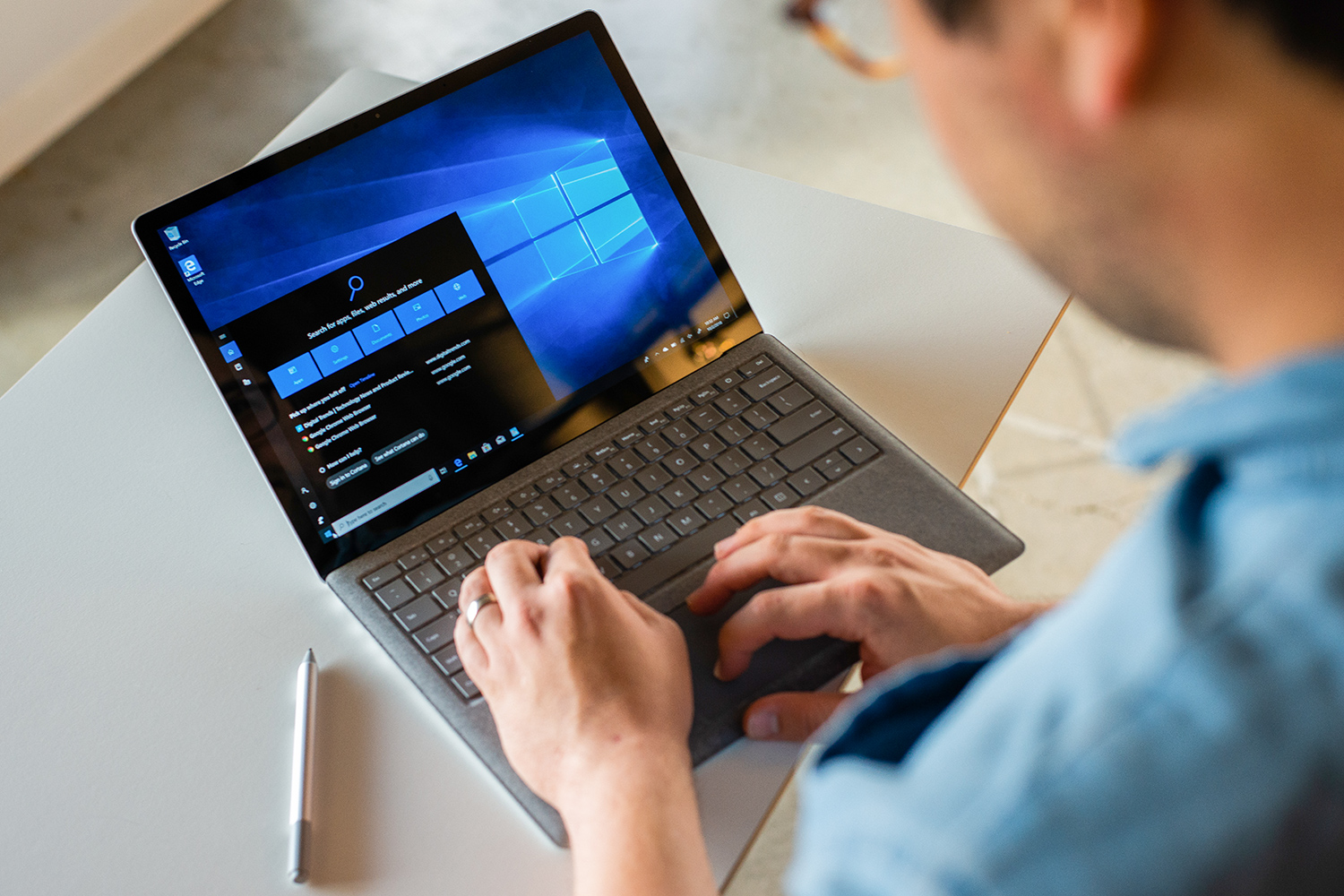
Microsoft is still fixing bugs that appeared during the rollout of its October 2018 Update which initially launched at the start of the month and was halted following a dangerous data deletion bug. Since then more flaws in the update have come to light and Microsoft continues to patch them as they appear. The latest fixes focus on driver compatibility.
The October 2018 Update for Windows 10 ushers in a number of fun new features for the operating system, including better smartphone integration and support for ray tracing in supporting games — high-end graphics hardware permitting. But despite a lengthy stay in Microsoft’s Windows Insider program, the build that was eventually released to the public has been marred by problems. It has since been placed back inside Microsoft’s fast and slow ring testing groups, with plans to eventually release it to the wider Windows user base once everything has been fixed.
The latest build to be released to Windows Insiders is build 17763.103, version 1809 of Windows 10. As ZDnet explains, it’s linked with the cumulative update, KB4464455 and addresses some problems with driver compatibility. Although Microsoft hasn’t stated specifically which drivers were at fault, an audio issue related to Intel’s drivers was previously discovered and some HP drivers have also been found to be suspect in causing problems with the OS update. Microsoft has since released fixes to help remove the drivers from users’ machines.
Other issues that have surfaced in recent days include blue screen of death crashes, inaccurate CPU usage reporting in Task Manager, and problems with certain third-party antivirus products. Microsoft hasn’t gone into specific detail about what some of those issues were or how it fixed them, but as long as no other major bugs appear in the next few days, it should look to roll out the October Update again in the near future.
In the meantime, if you run into problems with your Windows 10 installation, we have a guide to help you out. It doesn’t matter whether you’re running the Anniversary Update, or something more recent like the April 2018 Update. We have fixes for most of the more common issues you might have encountered.



